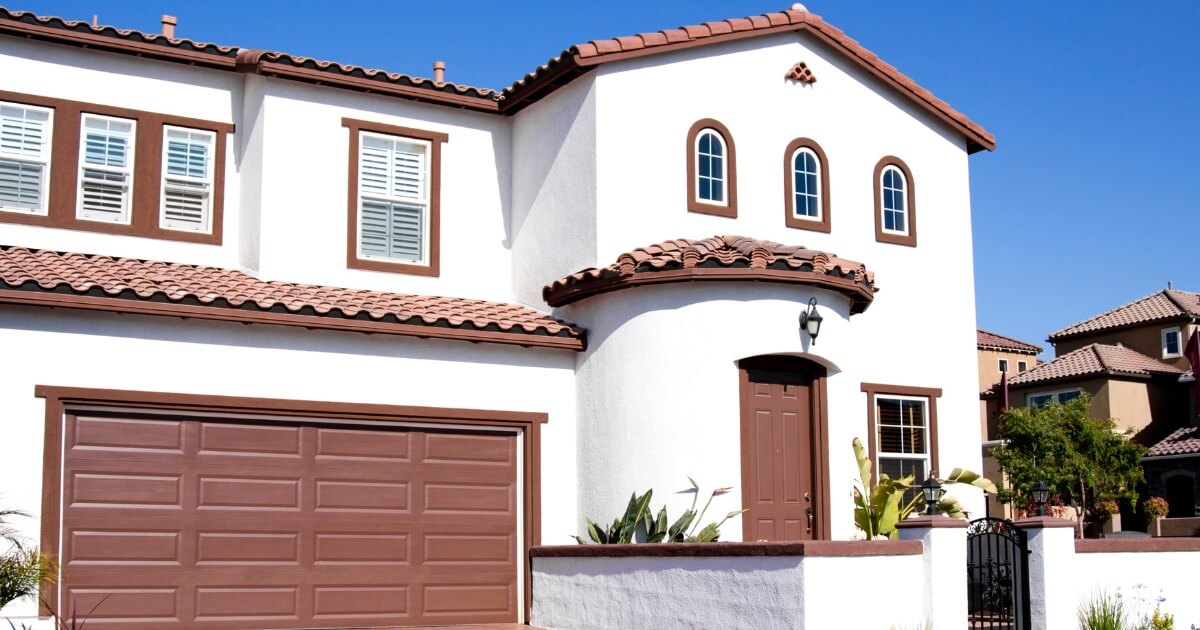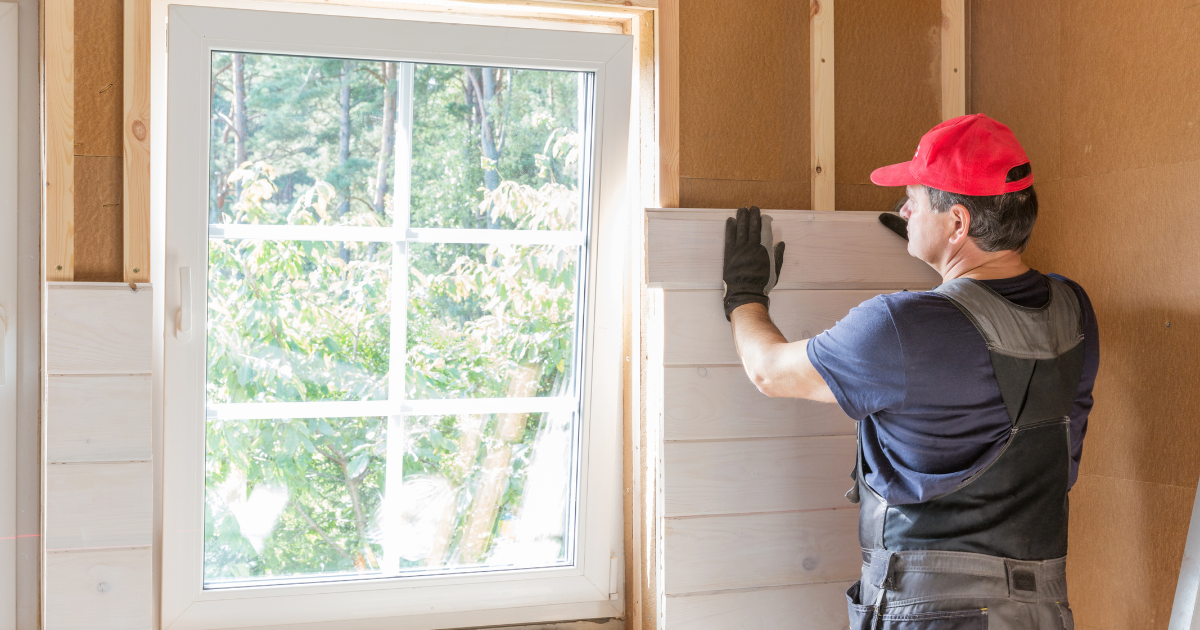Understanding the Home Building Process: A Step-by-Step Guide

Building a home from scratch is an incredibly rewarding yet complex journey. This process not only involves creative architectural designs and careful planning, but also requires detailed legal paperwork, smart budgeting, and skilled craftsmanship. The thrill of seeing your ideas being materialized into a functional, tangible structure is incomparable. In this blog, we’re going to walk through each step of this exciting process, providing valuable insights and sharing practical tips to make your home-building experience as smooth as possible. Let’s unlock the door to crafting your dream home together!
Step 1: Planning and Design
Before you even contact a home builder, it’s important to have a clear plan. This includes brainstorming your ideal home characteristics, researching different styles, and sketching out a basic design. During this stage, you’ll also need to consider your budget, as this will significantly affect the size and complexity of your project.
Step 1.1: Defining Your Vision
Start by creating a vision board or a list of your desired features. Consider aspects such as location, number of rooms, architectural style, outdoor space, and any sustainability considerations.
Step 1.2: Budgeting
Once you have a clear vision, establish an estimated budget. It’s essential to consider both the direct costs (construction materials, labor) and indirect costs (permits, architect fees).
Step 1.3: Research
Research various home styles and construction methods. Look for inspiration online, in magazines, or by visiting local architectural landmarks.
Step 1.4: Sketching Preliminary Designs
After gathering your ideas, start sketching rough layouts of your dream home. This doesn’t have to be a professional drawing; even a basic scribble can help communicate your vision to your builder or architect.
Step 1.5: Consulting Professionals
Whether it’s an architect, an interior designer, or a contractor, consulting with professionals at this stage can provide valuable input and prevent future issues. Their expertise can ensure your home design is both feasible and aesthetically pleasing.
Step 1.6: Refining Your Design
Using the feedback received from professionals, refine your design. This step may include altering the layout, adjusting room sizes, or tweaking design elements. Remember, the end goal is to create the perfect blueprint for your dream home.
Step 2: Finding the Right Home Builder
Next, you need to find a professional home builder who can turn your plans into reality. Look for skilled, experienced, and reliable builders with positive reviews. It would be best if you also ensure they are licensed and insured to protect yourself from potential issues down the line.
Step 2.1: Research
Start by researching local builders in your area. You can use online portals to find reviews and testimonials from previous clients.
Step 2.2: Portfolio Review
Go through the portfolio of potential builders. Look at the homes they’ve built previously to see if their style and quality match your expectations.
Step 2.3: Verify Credentials
Once you’ve shortlisted a few builders, verify their credentials. Check if they have the necessary licenses and insurance, and if they are members of relevant professional associations.
Step 2.4: Request Quotes
Request detailed quotes from the shortlisted builders. Remember, the cheapest quote may not always be the best. Take into account the builder’s reputation , experience, and quality of work as well.
Step 2.5: Interview Builders
Arrange meetings with your prospective builders. This gives you a chance to discuss your project, ask questions, and gauge whether they’re the right fit for your venture.
Step 2.6: Review Contract
Once you’ve made a selection, review the contract thoroughly. Ensure that it includes all the necessary details about the construction process, timelines, payment schedule, and any other terms and conditions.
Step 2.7: Finalize the Builder
After reviewing the contract, finalize your builder. Make sure you’re comfortable with them, their style of work, and their communication process. It’s crucial to have a good relationship with your builder, as they will be carrying out your vision and turning it into reality.
Step 3: Pre-Construction
Once you’ve found your home builder, the pre-construction phase begins. You’ll work closely with them to finalize your design, select materials and finishes, and obtain necessary permits. This is the stage where blueprints are created and site inspections take place to ensure everything is in place for construction to begin.
Step 3.1: Identify Required Permits
First, identify what permits you need. This will largely depend on your location and the scale of your project. Consult with your builder or a local official for accurate information.
Step 3.2: Application for Permits
After identifying the required permits, start the application process. Many cities have specific forms that need to be filled out and may require submission of your home designs or blueprints.
Step 3.3: Inspection
Once you’ve submitted your forms, an inspector might visit your property to verify the details of your project. This is a standard procedure to ensure the planned construction aligns with local regulations.
Step 3.4: Obtain the Permits
Upon successful inspection and review, you will receive the necessary permits for building your home. Make sure to keep them in a safe place as you may need to present them at various stages of the construction process.
Step 3.5: Identify Required Insurance Policies
In addition to permits, identify what type of insurance policies you need. This could include builder’s risk insurance (for protecting your investment during construction), property insurance (for protecting the completed home), and liability insurance (for protecting you from potential lawsuits).
Step 3.6: Purchase Insurance Policies
Once you’ve identified the necessary insurance policies, purchase them from a reputable provider. It’s crucial to understand the terms and conditions of each policy, so consult with an insurance expert if you have any doubts.
Step 3.7: Keep All Documents Safe
After obtaining all the required permits and insurance policies, be sure to store them in a safe place. These documents are fundamental for the legal and safe construction of your home, and you may need to present them during inspections or in case of any disputes.
Step 4: Construction
The actual construction of your home is where things truly come to life. Your home builder will oversee the process, from laying the foundation to framing, insulation, and installing utilities. It’s a lengthy process that requires careful attention to detail to ensure everything aligns with your vision.
Step 4.1: Site Preparation and Foundation
The first step in the construction process involves preparing the construction site and laying the foundation. This includes earthmoving work and setting up the necessary utilities.
Step 4.2: Framing
The next phase involves erecting the frame of the house. This is the skeleton of your home and provides the basic structure on which the rest of the house will be built.
Step 4.3: Installing Utilities
Once the frame is up, the builders will install essential utilities such as plumbing, electrical systems, and HVAC systems.
Step 4.4: Insulation and Drywalls
After the utilities are installed, the builders will proceed with the insulation and drywall process. These are key to maintaining the temperature of your home and providing the walls for each room.
Step 5: Finishing Touches
As construction winds down, your home builder will add the finishing touches. This includes painting, installing flooring and light fixtures, and completing the landscaping. At this stage, you’ll also see the installation of appliances and any custom features you’ve requested. It’s a rewarding phase where you can see your dream home coming together.
Step 5.1: Interior and Exterior Finish
Next, the interior walls, ceilings, and floors will be finished, and the exterior of the house will be completed. This may include installing doors, windows, cabinetry, paint, siding, and more.
Step 5.2: Final Utilities Installation
As your home nears completion, the builders will install the remaining utilities, such as lighting, appliances, and any remaining plumbing or electrical elements.
Step 5.3: Final Inspections
Once all work is completed, your home will undergo a series of final inspections. Local officials will check to ensure the construction adheres to local codes and regulations, while your builder will review the quality of the workmanship and address any potential issues.
Step 5.4: Cleanup
After the inspections are passed, the construction site will be cleaned up of all debris and construction materials. This prepares the site for the final touches, such as landscaping or any external features.
Step 5.5: Landscaping
Now, it’s time to shape the external area of your property. This may involve planting trees, building a patio, installing a driveway or setting up a lawn. The landscaping part adds the finishing touches and enhances the aesthetic appeal of your home.
Step 6: Final Walkthrough and Handover
The last step is the final walkthrough and handover from the home builder. This is where you’ll review every detail of your new home, ensuring everything is as you envisioned. Any last-minute issues or defects are noted, and the builder will correct them before completing the handover.
Step 6.1: Final Walkthrough
The final step in the construction process is the final walkthrough. This is when you and your builder tour the completed home. During this tour, the builder will explain the functioning of the home’s systems and components, and you can point out any items that need to be adjusted or corrected before the keys are handed over to you.
Step 6.2: Handover
After the walkthrough, it’s time for handover. Once you are satisfied with everything, the builder will hand over the keys to your new home. Congratulations! You can now move into your newly built dream home.
Understanding the home-building process can greatly alleviate the stress and confusion often associated with constructing a new home. By breaking down each step and knowing what to expect, you can navigate the process with confidence and assurance. Partnering with a reliable and experienced home builder not only ensures that your dream home will be built according to your specifications but also ensures a seamless and enjoyable home-building experience. Always do your research, plan meticulously, and keep an open line of communication with your builder throughout the process for the best results.
Whether you’re planning a new construction project or considering building a fully compliant ADU (Accessory Dwelling Unit), this step-by-step guide will ensure that you don’t miss any crucial details.
However, for the best results, it’s recommended that you work with a trusted and experienced home builder. In California, Madison Builders stands ready to partner with you through every step of the home-building process. With many years of expertise under their belt, they bear the knowledge and skills to transform your vision into a reality, ensuring every aspect of your dream home is taken care of. Crafting superior custom homes is more than just their profession – it’s their passion.
It’s time to turn your dream home or ADU into a reality, and there’s no better team to help you navigate the full home-building process in California than Madison Builders. Begin your home-building journey with us today.
Recent Posts

Financing Your ADU

The ADU Construction



